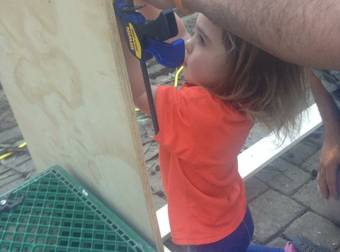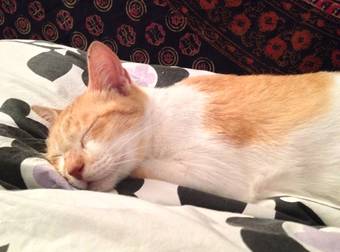If you thought paintbrushes were merely tools in the artmaking process, think again. San Francisco-based artist Rebecca Szeto uses old, beat-up paintbrushes to create new pieces of art. Where other people might see trash, she saw paint-caked paintbrushes as having the potential to become pieces of art themselves. “The natural beauty of the ‘marbling’ of paint on the brushes, coupled with small pangs of eco-guilt, and a love of art history lead me to this ongoing series,” she says.
Reflections on Beauty
2 1/2
Concubine
Honor
The ongoing series, in the works since 1999, sees Szeto whittling down the handles of old, worn-out paintbrushes. She whittles them in what she describes as an “intuitive” manner, allowing the idiosyncrasies of each brush to dictate the shape. The brushes themselves are everyday, mass-produced items. However, through their lifetime of use as tools and their eventual conversion into art pieces, they become unique, one-of-a-kind items.
Geisha
Szeto’s repurposed brushes speak to painting and artmaking as a craft. They allude to the physical making of art by turning the tool into the art itself. The transformation from art tool to art piece speaks to the idea of the value of the physical craft of the painting. The series especially takes a look at the physical craft of the tool. Though mass-produced, it’s through their use and their ability to help artists create that the brushes take on another layer of meaning, a personal connection to the artist. “The paintbrush is self-referential, acting as both subject and object,” Szeto says. “It refers to the history of painting, through the medium of paint, using its own tool.”
Wallflowers and Shadows
Grande Dame (right), and a smaller piece.
The pieces also resemble dolls, and hearken back to days when playthings were created using old or found items. The bristles of the brush become a skirt. The metal band where the handle and bristles are joined (known as the ferrule) appears to be a torso. Szeto’s choice to turn the brushes into female figures, some of which are derived from classic portraits, is intentional; the work also explores the concepts of beauty and of traditional male and female roles in art and in crafting. Szeto explains:
“I think the underlying theme that unites them is that of the overlooked, in this series specifically, working women and perhaps a questioning of where we as a society place value/worth. Something about being able to reclaim and re-envision portraits of peasant women, mothers, courtesans, children and elevating them to a more revered and tender place in forgotten memory or unrecorded history.”
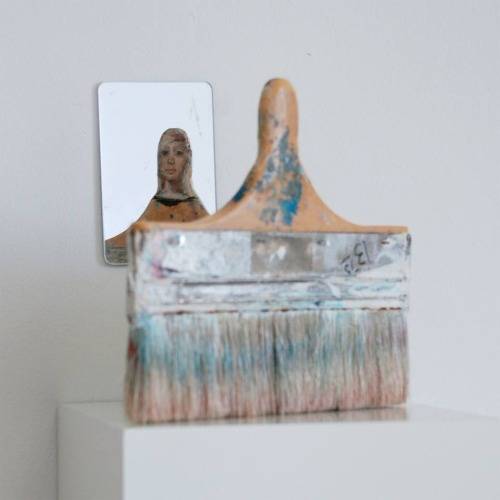 share
share
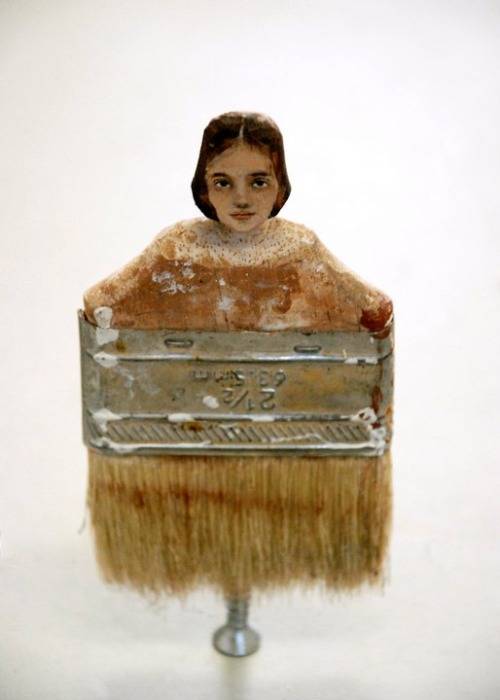 share
share
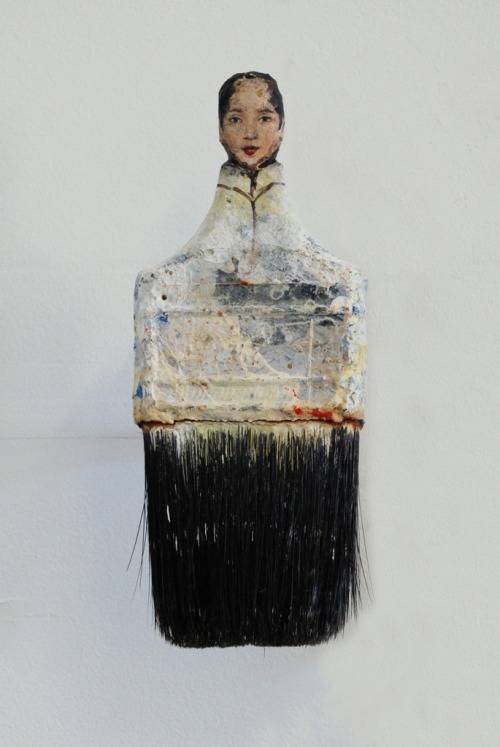 share
share
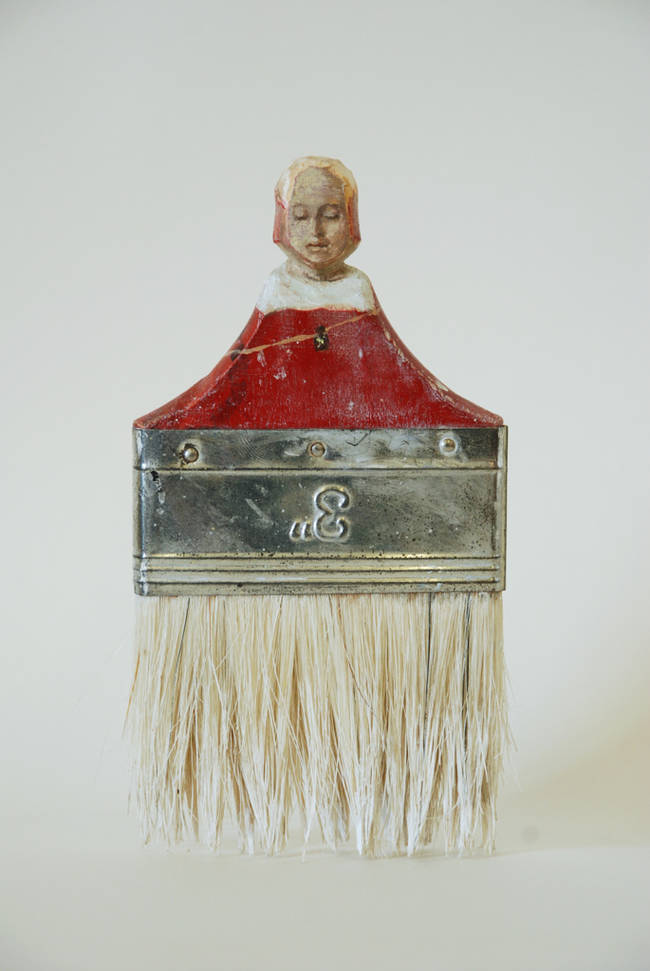 share
share
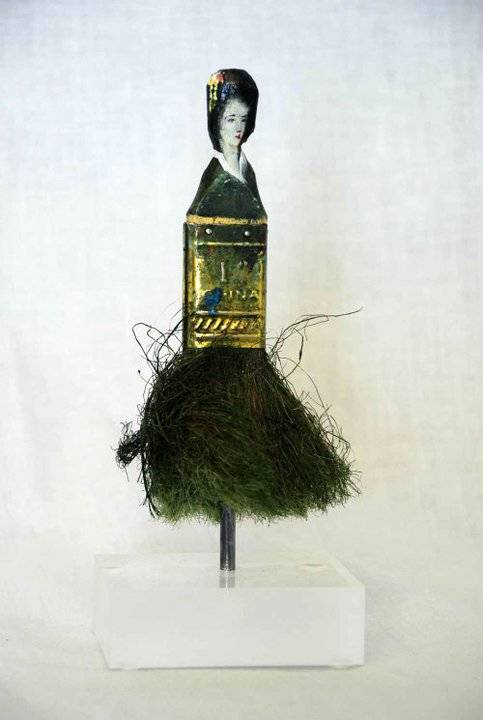 share
share
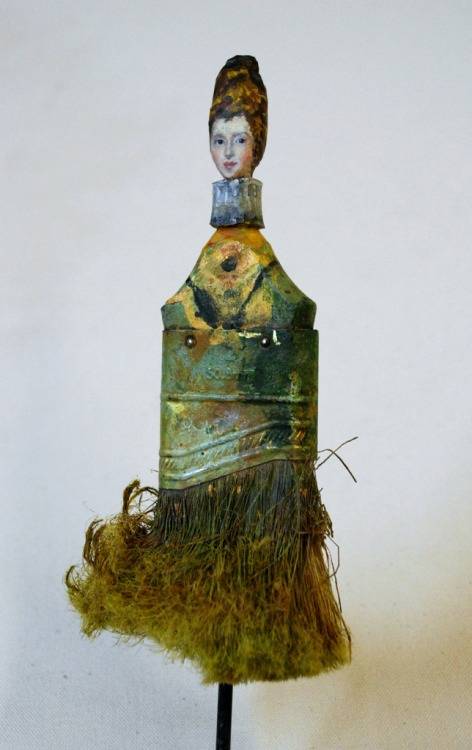 share
share
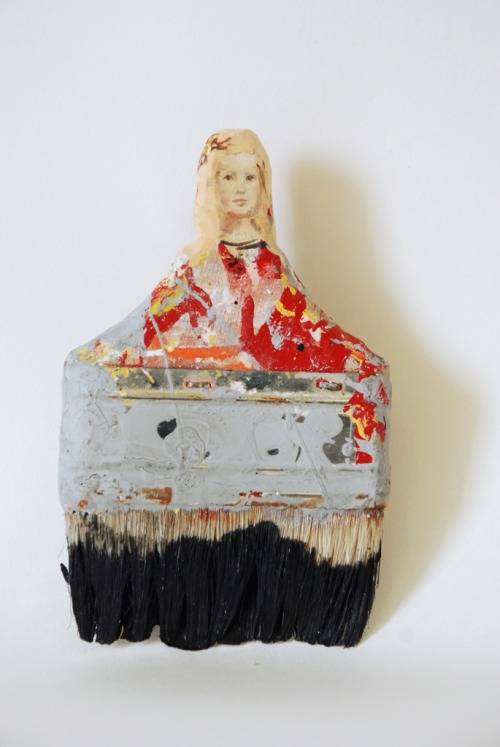 share
share
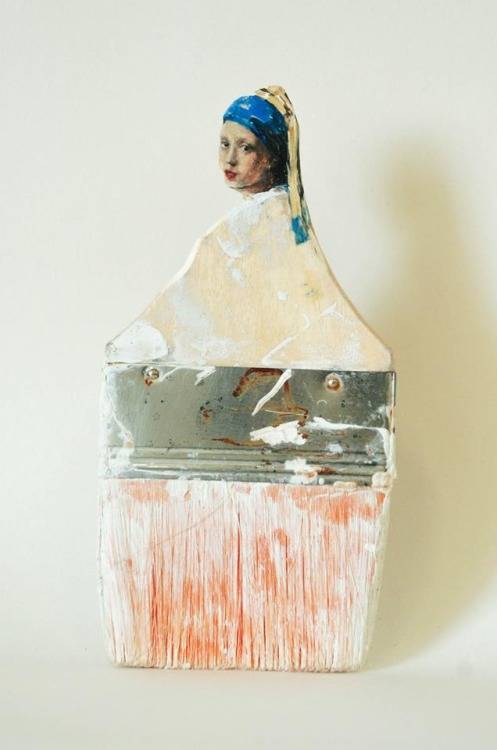 share
share
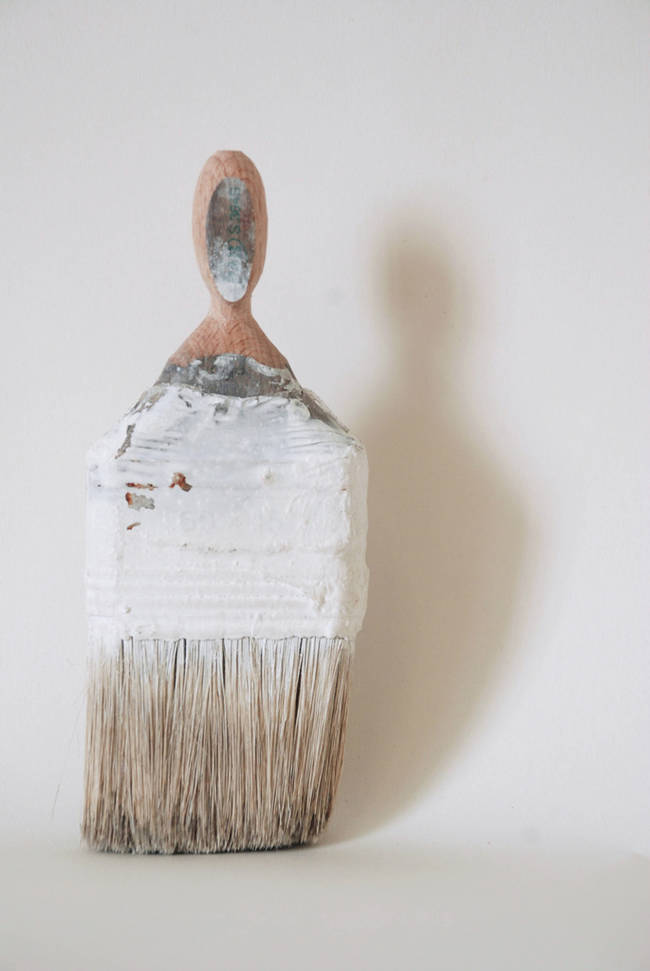 share
share
 share
share

